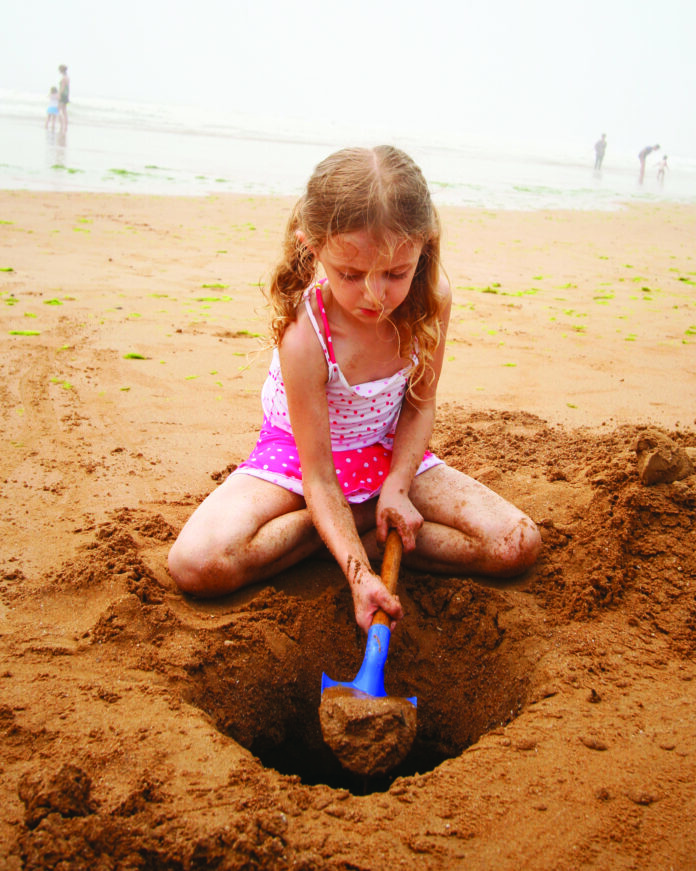You may not know this, but digging holes in the sand can be extremely dangerous – especially for kids. Here is a cautionary tale for every parent with children as we head into our peak summer recreational season, which for many families will mean going to the beach.
It’s only been about three months since a 7-year-old girl was killed on a Florida beach when the sand-hole she and her brother were playing in collapsed onto them. According to news reports, the Indiana children and their parents were visiting Lauderdale-by-the-Sea, a small beachfront community near Fort Lauderdale.
The children had been digging a hole in the sand when the 4-to-5-foot-deep hole collapsed on them, burying the boy up to his chest and completely covering his sister. A group of about 20 adults attempted to dig the girl out using their hands and plastic pails, but the hole continued to collapse in while they worked.
An Overlooked Coastal Danger
When we think of danger at the beach we most often think of the water dangers, but this tragedy underscores an often overlooked coastal danger where children are especially vulnerable. In this case, when the sand-hole collapsed, the beach at Lauderdale-by-the-Sea was not staffed with lifeguards, and emergency personnel were unable to reach the girl in time.
Digging a hole in the sand is a common pastime for many people at the beach. But according to South Florida’s Sun Sentinel, “Deaths by sand-hole collapse are more common than people think, outnumbering shark attacks.” Sand-hole collapses claim at least a few lives each year. It’s not a big number, but if your child is included in that number, it’s a big number.
The problem with sand-hole safety, the newspaper explained at the time, is that “wet sand collapses as it dries out, so if the hole is several feet deep, it can quickly bury someone inside.” When that happens, the sand pins down arms and legs and makes it difficult for lungs to expand. In the worst cases, it covers noses and mouths.
It’s important to know that sand is heavy and dense when gathered in large quantities, permitting no air pockets and making rescue difficult. Though deaths and injuries from caved-in holes at beaches are rare, a study in the New England Journal of Medicine found that most victims are under the age of 21.
Lifeguard Facts
To minimize the risk, lifeguards in many coastal locations will prevent beachgoers from digging any deeper than the waist or knee height of the shortest person in the group. Unfortunately, there weren’t any lifeguards to stop the digging that led to the death in Lauderdale-by-the-Sea.
Dear Parents, if you can find a beach with a lifeguard on duty, it’s always safest to take your family to one of those. But whether or not there’s a lifeguard to keep an eye on things, the National Park Service advises that you stop anyone in your party from digging a hole in the sand that goes deeper than the knees of the shortest person standing inside.
Practice Sand Safety at the Beach
RELATED ARTICLES


